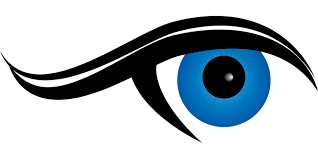Is this similar to an iridology assessment?
Can I purchase the pupil assessment software?
February 1, 2020Do you offer any trial assessment?
February 1, 2020We do not offer iridology assessment. This evaluation exclusively focuses on pupillary and collarette parameters only. This data is very important for several reason:
1: The iris is genotypic, and indications like lacunae in the trabecular mesh signify merely weak connective tissue, not an active pathology. The body compensates for genetically weak connective tissue, especially in youth. Therefore, identifying lacunae in the lung sector of an 18-year-old individual doesn’t suggest an active pathology unless there are accompanying signs in the pupil.
2: Pupil irregularities emerge only in the presence of chronic pathology. If a pupil sector displays deformation, there’s a high probability of corresponding iridological signs, such as lacunae, pigments, or transversals, in the same sector. Pupil deformation indicates an active pathology, possibly linked to genetic weakness or dysfunction in a specific organ or system.
3: Precisely analyzing all potential irregularities in the human pupil is nearly impossible for any individual, necessitating the use of highly scientific software to assist in the pupillary assessment process.
4: Assessing successful treatment through iridology is challenging since the iris trabeculae are genetic and undergo minimal changes except for aging, pigment dispersion, and transversal development. There is no substantial data supporting these findings. However, positive changes in pupillary parameters, as outlined in the assessment report, can indicate the success of the treatment.
Iridology can still be a very useful tool for the analysis of genetic weaknesses and there are currently over 150 clinical studies that have shown high accuracy in the detection of several active pathologies.
